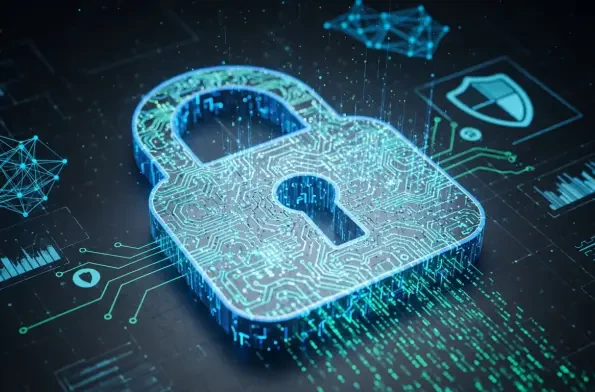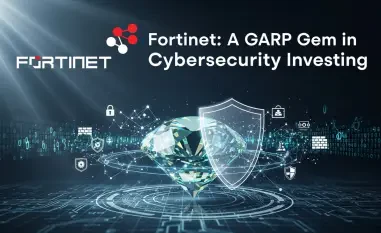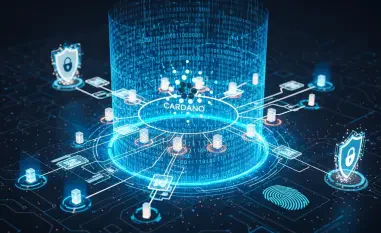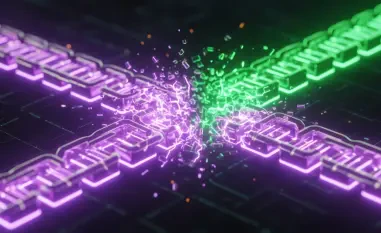Welcome to an insightful conversation on the evolving landscape of cyber espionage, where we dive deep into the sophisticated tactics of modern threat actors. Today, we’re speaking with Malik Haidar, a renowned cybersecurity expert with years of experience safeguarding multinational corporations from advanced cyber threats. Malik’s expertise in analytics, intelligence, and security, combined with his knack for aligning cybersecurity with business goals, makes him the perfect guide to unpack the intricate campaign orchestrated by a threat actor known as Fire Ant. In this interview, we’ll explore how Fire Ant targets virtualization environments, their stealthy methods for persistence, and the broader implications for critical infrastructure security.
Can you start by giving us a broad picture of who Fire Ant is and what drives their cyber espionage efforts?
Absolutely. Fire Ant is a highly sophisticated threat actor, likely tied to state-sponsored activities, with a clear focus on long-term espionage. Their primary goal appears to be infiltrating and maintaining access to critical infrastructure, particularly virtualization and networking systems within organizations. They’ve shown a remarkable ability to target environments like VMware ESXi and vCenter, which are foundational to many enterprises. What’s striking is their persistence and deep understanding of these systems, aiming not just to steal data but to establish a lasting foothold for future operations, often aligning with strategic geopolitical or economic interests.
What is it about their focus on virtualization infrastructure, particularly VMware ESXi and vCenter, that makes their attacks so concerning?
Virtualization infrastructure like ESXi and vCenter is the backbone of many modern IT environments, hosting countless virtual machines that run critical business operations. When Fire Ant targets these systems, they’re essentially gaining access to the control room of an organization’s digital assets. Compromising the hypervisor layer means they can potentially access every guest machine running on it, bypassing traditional security controls that focus on endpoints. It’s a high-impact, low-visibility attack surface because most organizations lack robust detection and response capabilities at this level, making it an ideal spot for stealthy, long-term espionage.
How does Fire Ant typically gain initial access to these virtualization systems?
Fire Ant often starts by exploiting known vulnerabilities in systems like VMware vCenter Server. For instance, they’ve leveraged flaws such as CVE-2023-34048, which was a zero-day for years before it was patched. This vulnerability allows them to gain a foothold in the management layer. From there, they extract credentials—often targeting default or service accounts like ‘vpxuser’—which grant them access to connected ESXi hosts. It’s a methodical approach, exploiting both technical weaknesses and the trust inherent in these administrative systems to deepen their reach.
Once they’re inside, what strategies do they use to stay hidden and maintain access over time?
Fire Ant is incredibly adept at persistence. They deploy backdoors like VIRTUALPITA on ESXi hosts and vCenter servers to ensure they can return even after reboots or initial cleanup efforts. They also use tools like a Python-based implant called ‘autobackup.bin,’ which runs quietly in the background as a daemon, enabling remote command execution and file transfers. What’s more, they adapt in real-time to defensive actions, switching tools or altering configurations if they sense they’re being evicted. This operational resilience makes them extremely hard to dislodge.
Can you explain how they move from the hypervisor level to guest virtual machines, and why that escalation is so dangerous?
Moving from the hypervisor to guest machines is a critical step for Fire Ant, and they often exploit flaws like CVE-2023-20867 in VMware Tools to do this. This vulnerability lets them interact directly with guest environments, often using tools like PowerCLI to execute commands. Once inside, they can tamper with security software or extract credentials from memory snapshots, including those of sensitive systems like domain controllers. This escalation is dangerous because it transforms their access from a single point of control to a sprawling network of compromised assets, amplifying the potential damage and making detection even harder.
What are some of the unique tactics Fire Ant uses to bypass network segmentation and reach isolated assets?
Fire Ant has a knack for breaking through network barriers. One tactic is deploying the V2Ray framework for tunneling within guest networks, which helps them move covertly across segments. They’ve also been known to deploy unregistered virtual machines directly on ESXi hosts, essentially creating hidden environments for their operations. Additionally, they exploit vulnerabilities in network appliances, like CVE-2022-1388 in F5 load balancers, to establish persistence across segmented areas. These methods show a deep understanding of network architecture and a determination to reach even the most protected assets.
How do they manage to evade detection and minimize their footprint during these attacks?
Fire Ant goes to great lengths to avoid leaving traces. On ESXi hosts, for example, they’ve been observed terminating processes like ‘vmsyslogd,’ which is responsible for logging system activities. By shutting this down, they suppress audit trails, making forensic analysis incredibly difficult. They also blend in by renaming their payloads to mimic legitimate or forensic tools, further obscuring their presence. This focus on stealth, combined with their minimal intrusion footprint, allows them to operate undetected for extended periods, often until significant damage is already done.
Looking ahead, what is your forecast for the evolution of threats targeting virtualization and critical infrastructure?
I anticipate that threats like those posed by Fire Ant will only grow in sophistication and frequency. As organizations increasingly rely on virtualization for scalability and efficiency, these environments will remain prime targets for espionage and disruption. We’re likely to see more zero-day exploits and advanced persistence mechanisms, especially from state-aligned actors who have the resources to sustain long-term campaigns. Additionally, the convergence of IT and operational technology in critical infrastructure will heighten the stakes, potentially leading to real-world impacts beyond data theft. My forecast is that defending these layers will require a paradigm shift—integrating visibility and response capabilities directly into hypervisor and network infrastructure, rather than relying solely on traditional endpoint solutions.













